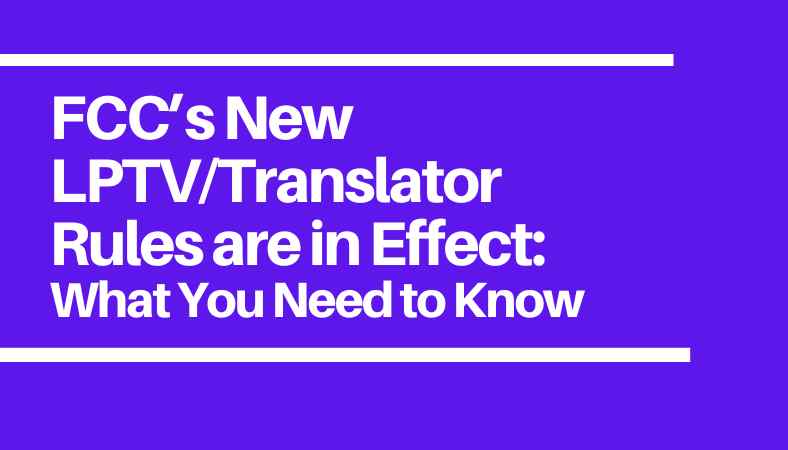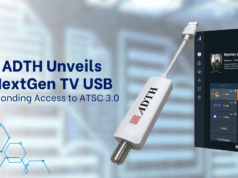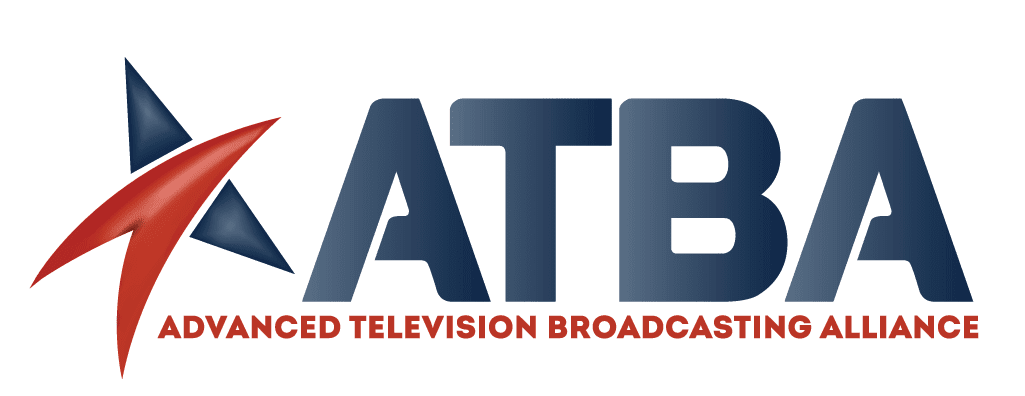On June 12, 2023, a number of updates to the FCC’s LPTV and TV translator rules took effect. The rules were adopted in an April 2023 Report and Order (Order) updating the Commissions Part 74 rules “to reflect the all-digital nature of these services[.]” The Order went beyond mere updates, however, and included a number of substantive changes, including with regard to LPTV station identification, station relocation, and land mobile protection.
Here’s what you need to know about each of these changes.
- Station Identification Requirements
LPTV stations now have the option of using the Program and System Information Protocol, or “PSIP,” to satisfy their station identification requirements.
The Commission’s analog LPTV/translator identification rules provided two ways for stations to identify themselves: (1) transmitting the call sign in International Morse Code at least once every hour, or (2) arranging for the primary station whose signal is being rebroadcast to identify the translator station by transmitting a visual or aural presentation of the translator station’s call letters and location.
Adapting to changes in digital technology, the Commission agreed to allow LPTV stations to use PSIP to transmit the station’s call sign as the “short channel name” on at least one stream of programming that the LPTV station transmits. Further, under the Commission’s revisions a station that has requested and been assigned a transport stream ID (TSID) or bit stream ID (BSID) must broadcast with that TSID or BSID during its hours of operations, in addition to the identification requirements described above.
Notably, the use of PSIP does not extend to translator stations, which must continue to voluntarily identify their signal by arranging with the originating station to provide visual identification.
- Minor Modification for Station Relocation
The Commission formally adopted its prior practice of requiring licensees to obtain a new construction permit for all antenna structure relocations.
As previously written, the FCC’s rules (at least arguably) permitted a licensee to relocate its antenna structure less than 500 feet without requesting authorization. However, it was the Media Bureau’s practice to require a licensee to file a minor modification application whenever a station sought to relocate its antenna and, according to the Commission, industry has “routinely” complied with this practice.
As a result, even though “scenarios where an antenna structure moves less than 500 feet are highly unlikely to occur in the real world[,]” the Commission revised its rules to codify staff’s current practice and require LPTV/translator licensees and permittees to file an application in LMS on FCC Form 2100, Schedule C, requesting authorization for all antenna relocations. Stations may, however, correct station coordinates without reauthorization as long as: (1) there is no physical change in location or other licensed parameters; and (2) the change is less than three seconds latitude and/or three seconds longitude.
- Protection of Land Mobile Radio Service
Finally, the FCC updated the process for determining protection of Land Mobile Radio Service (LMRS).
Part 74 of the Commission’s rules requires LPTV/translator stations to protect certain channels for use by the LMRS within 130 kilometers of certain U.S. cities. While the old rules calculated this radius based on data developed in 1927, the FCC will now rely on more accurate data developed in 1983.
Additional Rule Changes
The Order includes a number of additional rule modifications that LPTV and translator licensees may want to review, including those relating to frequency measurement, clarification of LPTV/translator stations’ status with respect to primary stations’ proposals to change the table of allotments, and certain technical specifications and equipment performance requirements.












